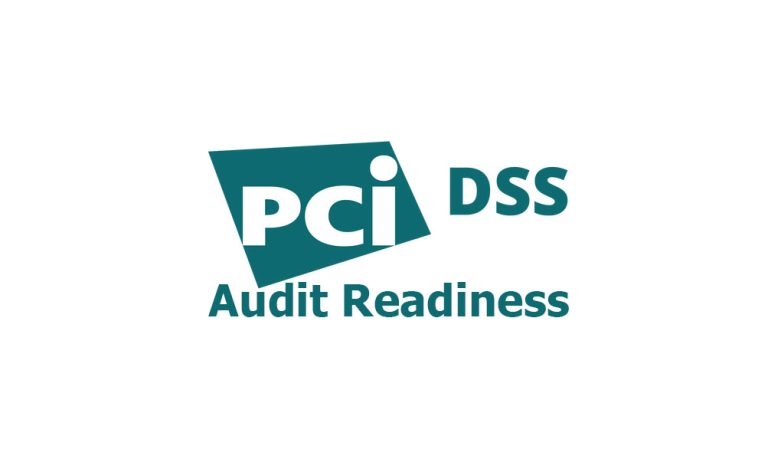Applications now handle and transmit an unprecedented amount of sensitive data. From essential institutions like banks, hospitals, and government agencies to niche businesses such as gourmet delis, hair salons, and comic book stores, all rely on software for their operations. The challenge facing engineers in developing this software is the ongoing task of safeguarding this sensitive information from an ever-growing array of threats, often necessitating the use of cryptography.
Cryptography encompasses a range of mathematical disciplines and techniques designed to ensure the confidentiality and integrity of sensitive data during transmission and storage. While cryptography doesn’t eliminate security issues entirely, it significantly reduces the complexity of protecting vast amounts of data to safeguarding a relatively small key.
It’s important to note that cryptography alone doesn’t guarantee secure software. Building secure software requires more than data protection; the entire system must be secure from potential attackers. Sensitive data exposure is a widespread concern, covering areas such as data encryption, password storage, and access control mechanisms. This guide provides actionable guidelines to help protect systems from the risks associated with transmitting and storing sensitive data securely.
HANDLING SENSITIVE DATA SECURELY
Before implementing safeguards for sensitive data, it’s crucial to understand precisely what data needs protection. Information such as health records, credentials, banking details, social security numbers, and personally identifiable information all demand additional operational and technical safeguards.
- Encryption, Encryption, Encryption : When transmitting and storing sensitive data, always utilize robust encryption mechanisms for both in transit and at rest. The OWASP Transport Layer Protection Cheat Sheet and the OWASP Cryptographic Storage Cheat Sheet are valuable references for securing data in your application.
- Rectify security mis-configurations: Security mis-configurations in your application’s technology stack can lead to the exposure of sensitive data. Ensure that default credentials and accounts are changed, turn off debugging mode in production, and enforce robust access controls.
- Sensitive data storage minimization: Assess the business need to collect and store sensitive data. It’s often unnecessary to store the original values of sensitive fields. Tokenization and one-way anonymization techniques can be employed if a reference to the data is needed, reducing the risk of exposure in plaintext formats.
- Data Audit: Conduct internal inventory audits of your data to identify vulnerabilities. Understanding where to focus security efforts and comprehending the consequences of data exposure is crucial for a robust security program
- Securely Store Password: If your application requires user authentication, prioritize the security of password storage. Implement irreversible, one-way adaptive functions with a strong work factor and avoid storing passwords in plaintext. The OWASP Password Storage Cheatsheet provides detailed guidelines on secure password storage.
Safeguard your sensitive data and prevent inadvertent exposure with Simplified Solutions. In a landscape characterized by hybrid work arrangements and diverse IT infrastructures, maintaining a consistent process for tracking and protecting data can easily be overlooked. Neglecting the protection of sensitive data increases the likelihood of exposure and subsequent breaches, especially as for-profit threat actors persist in attempting to pilfer data for ransom or resale.



